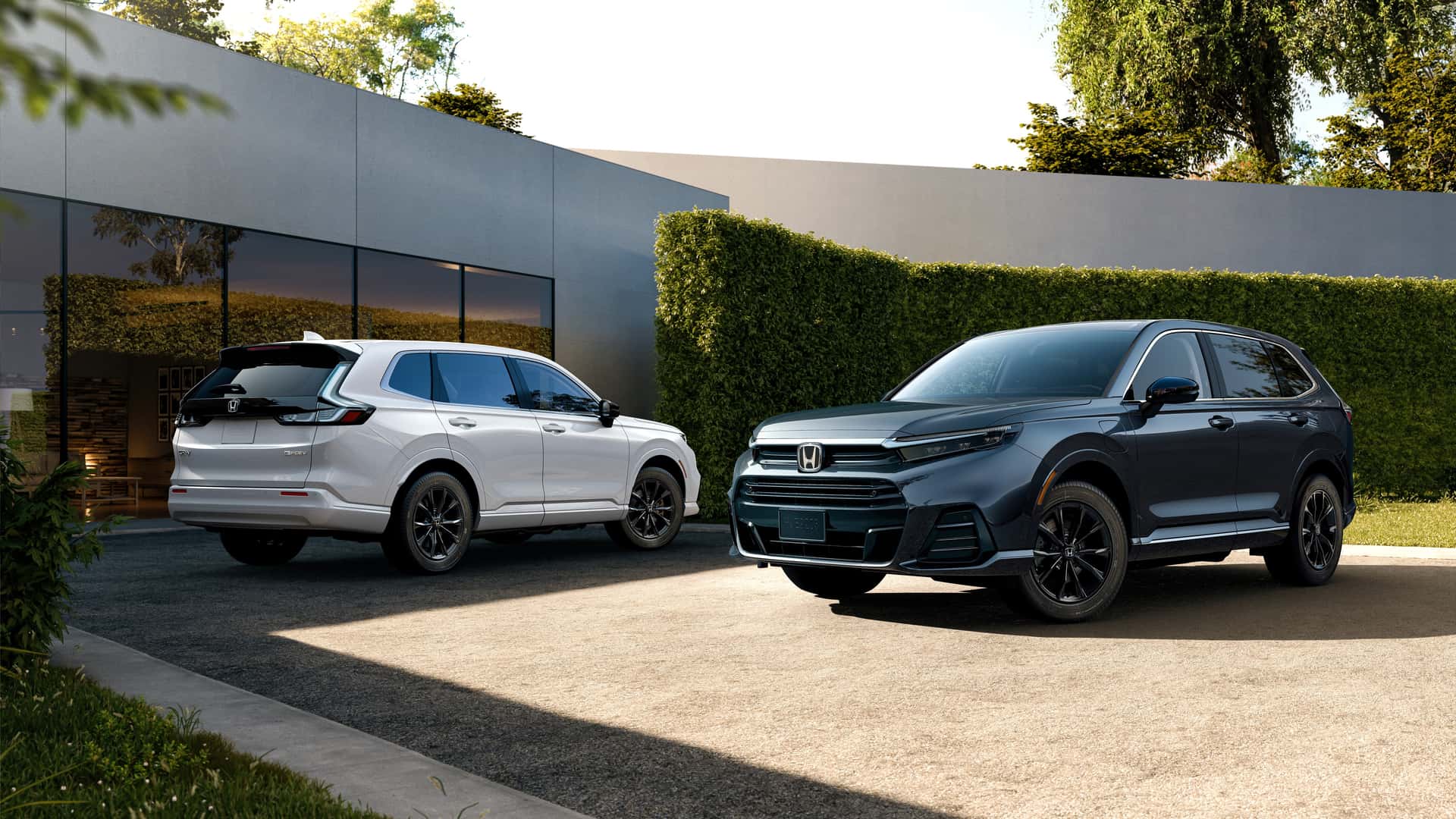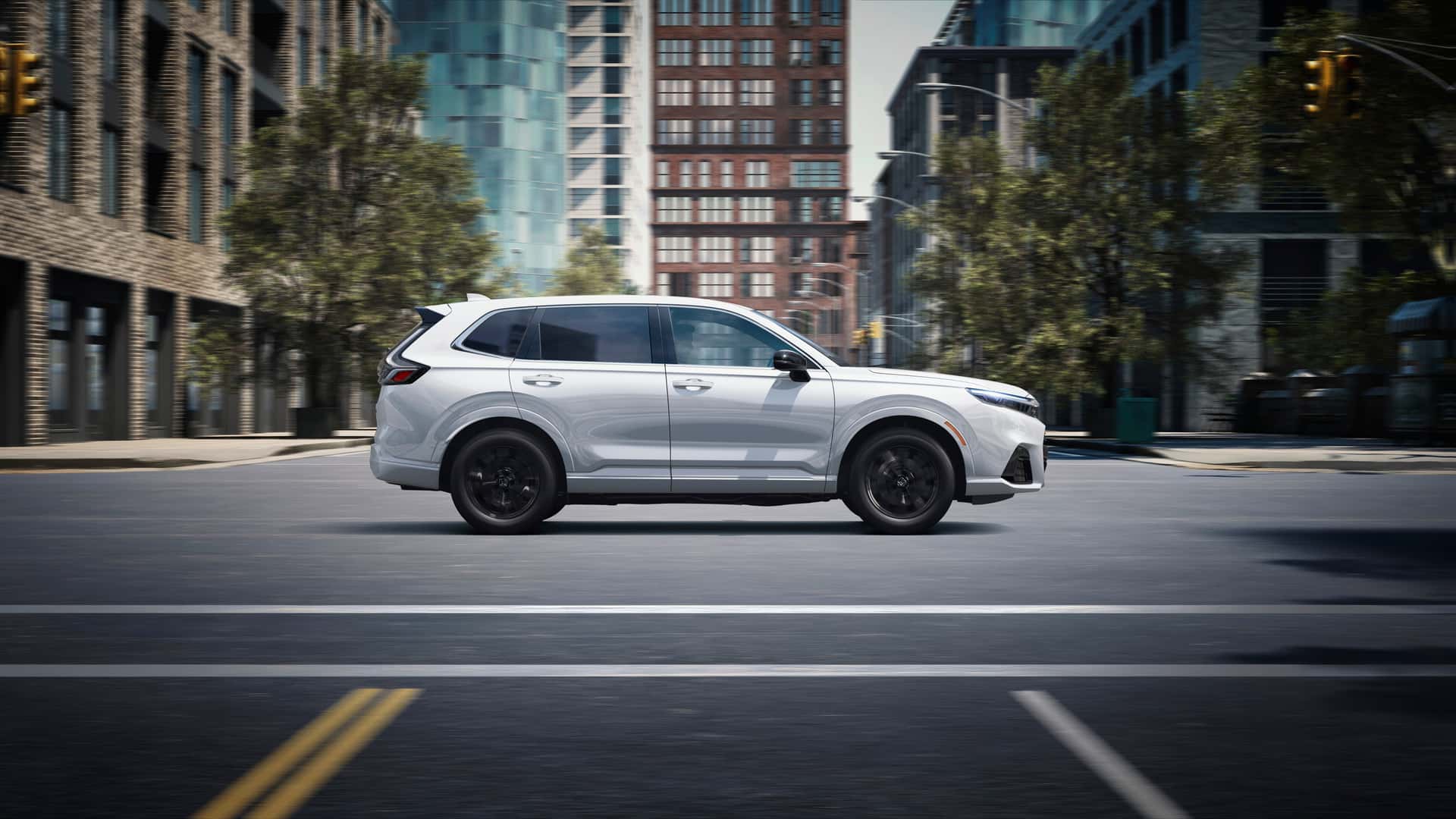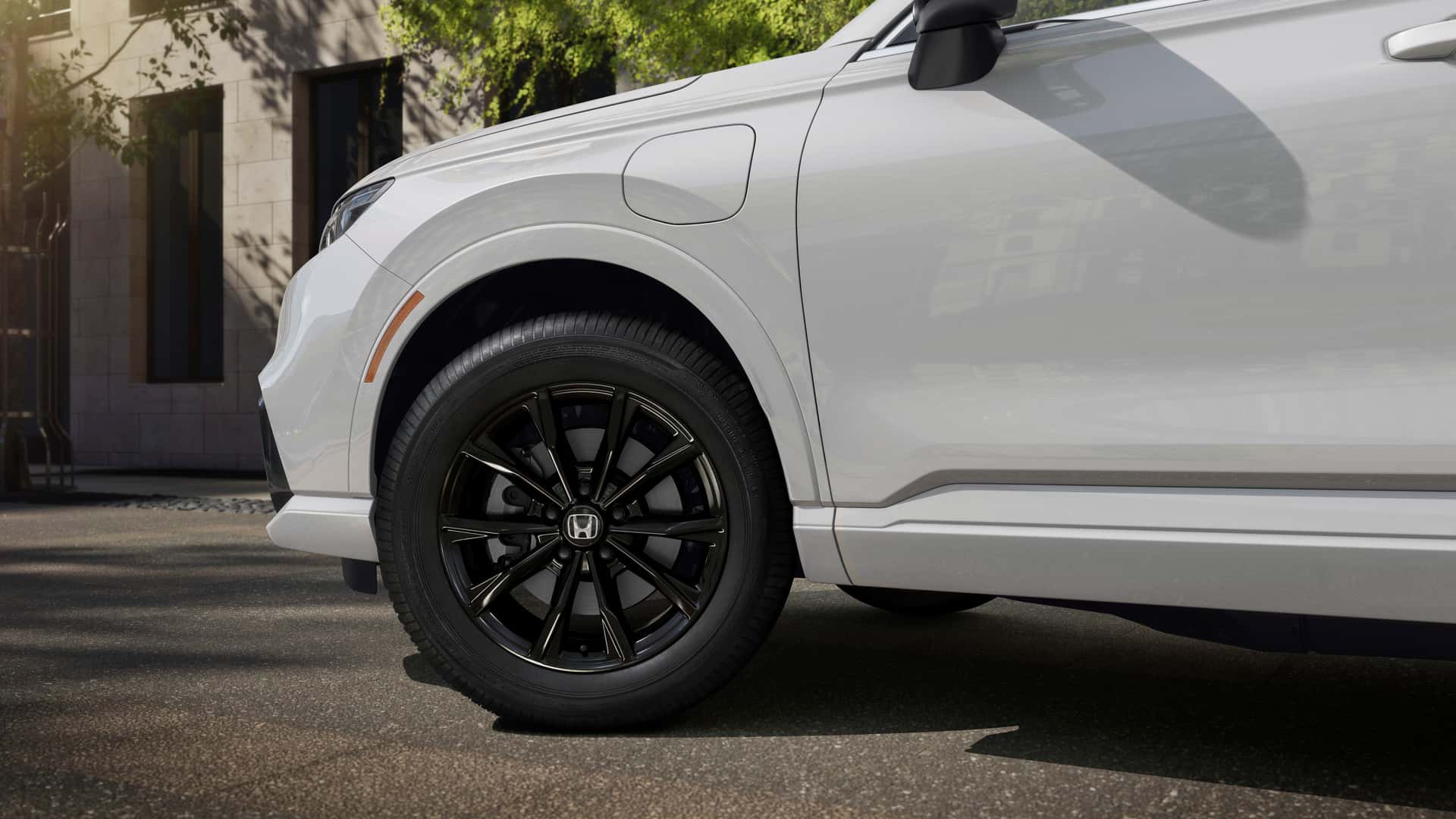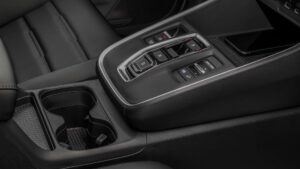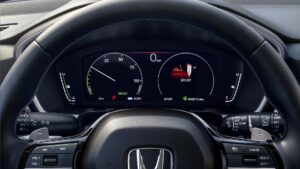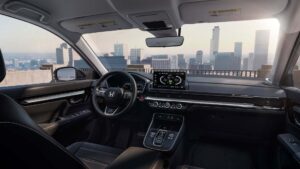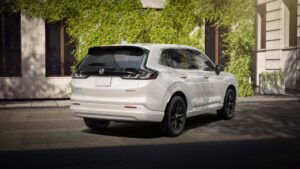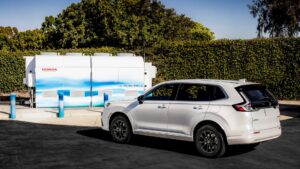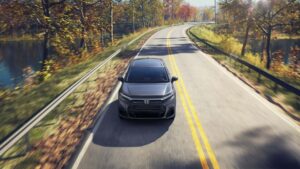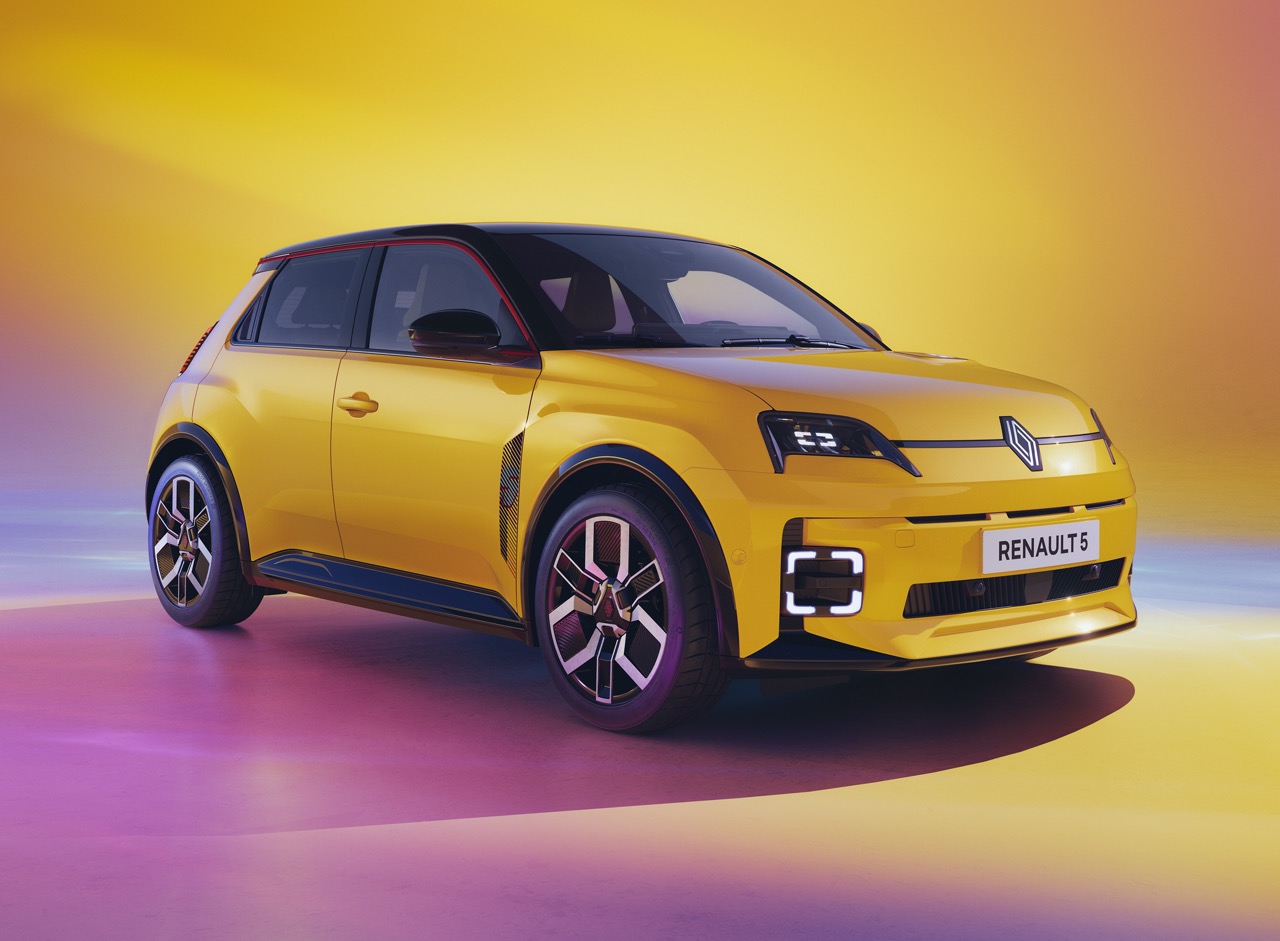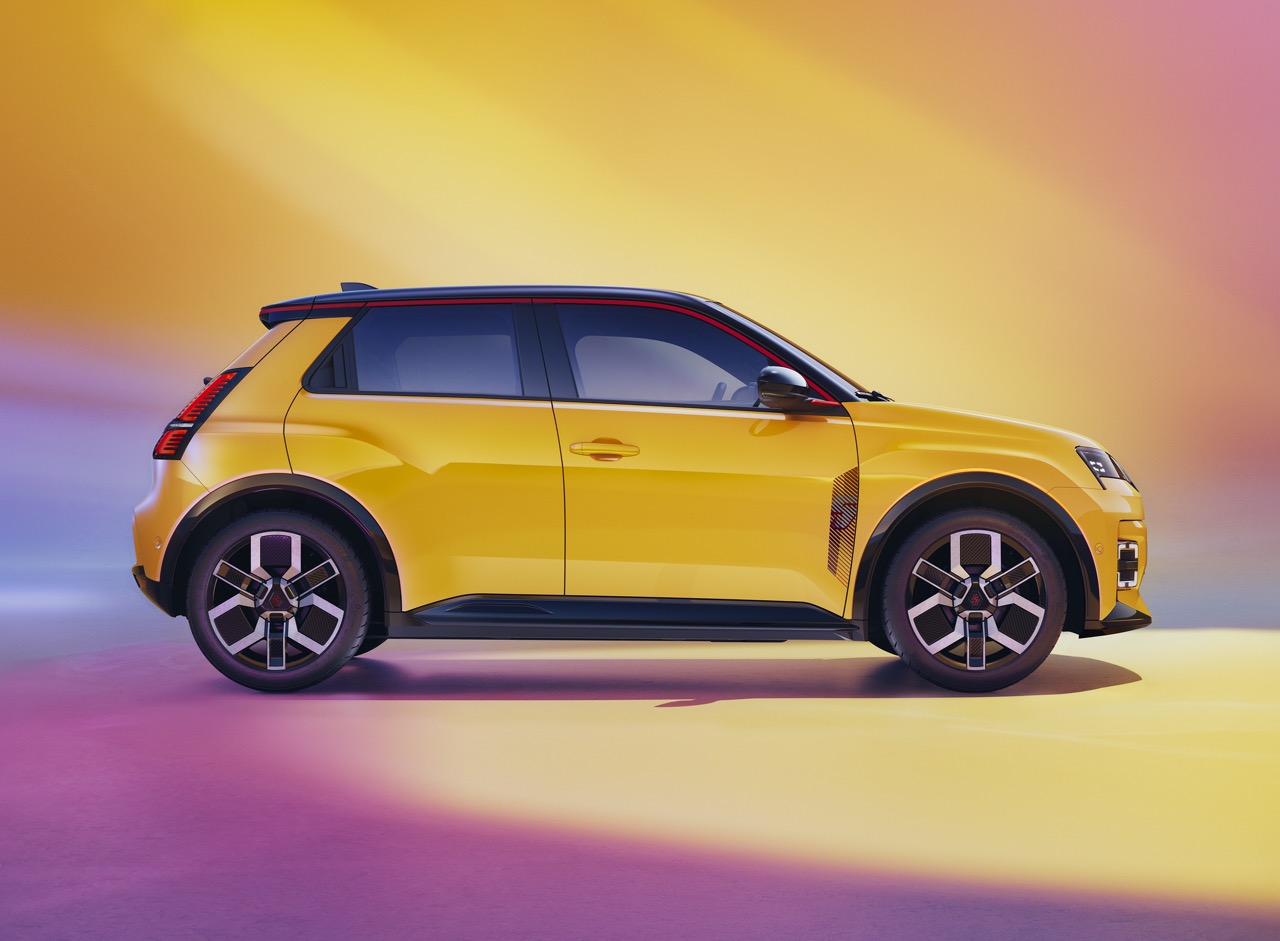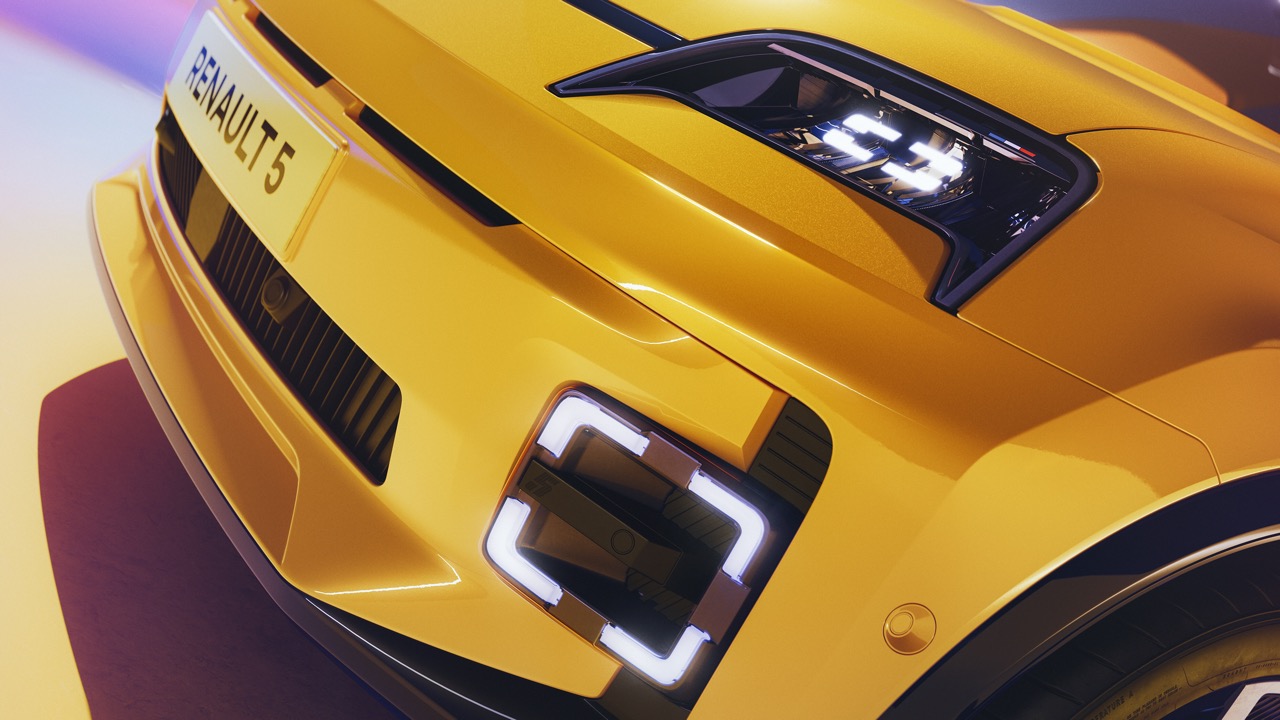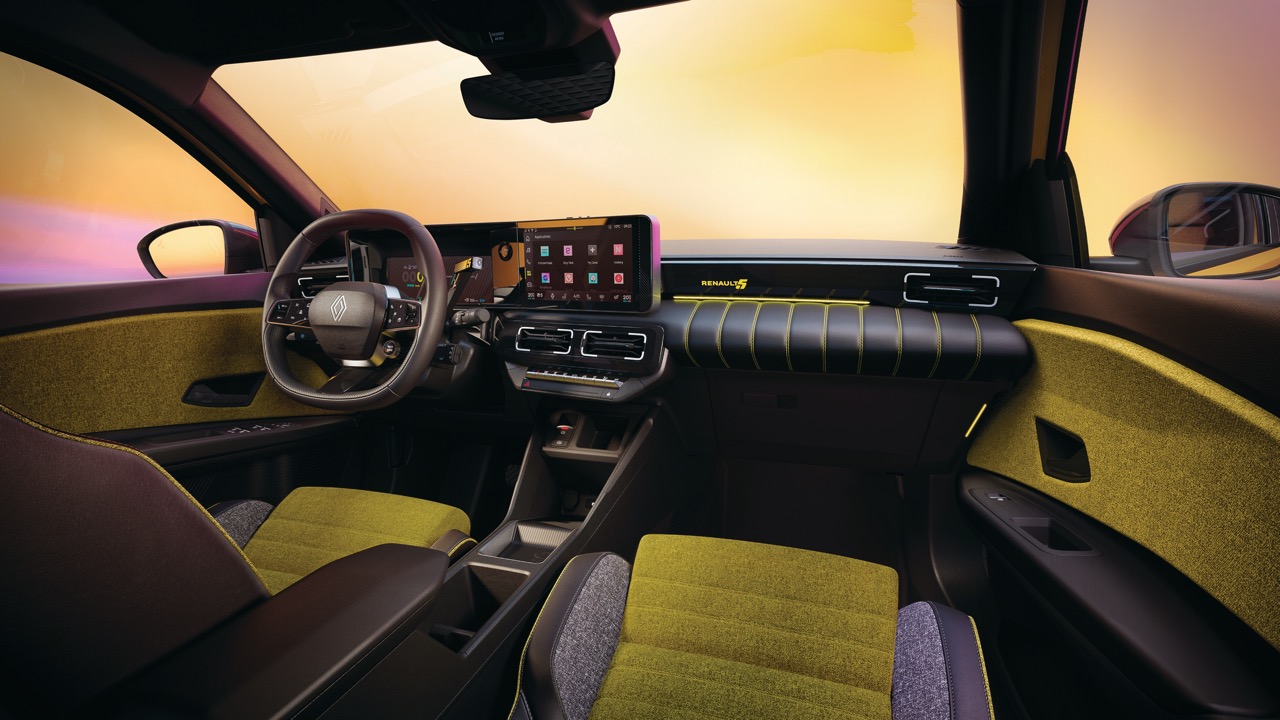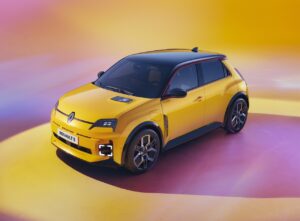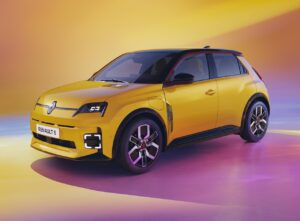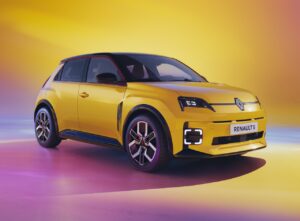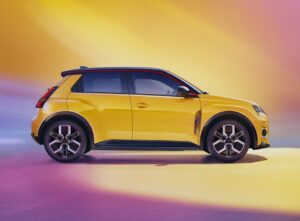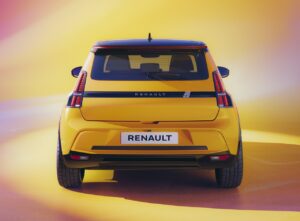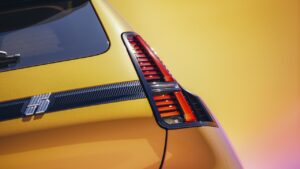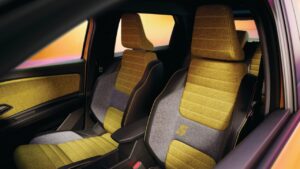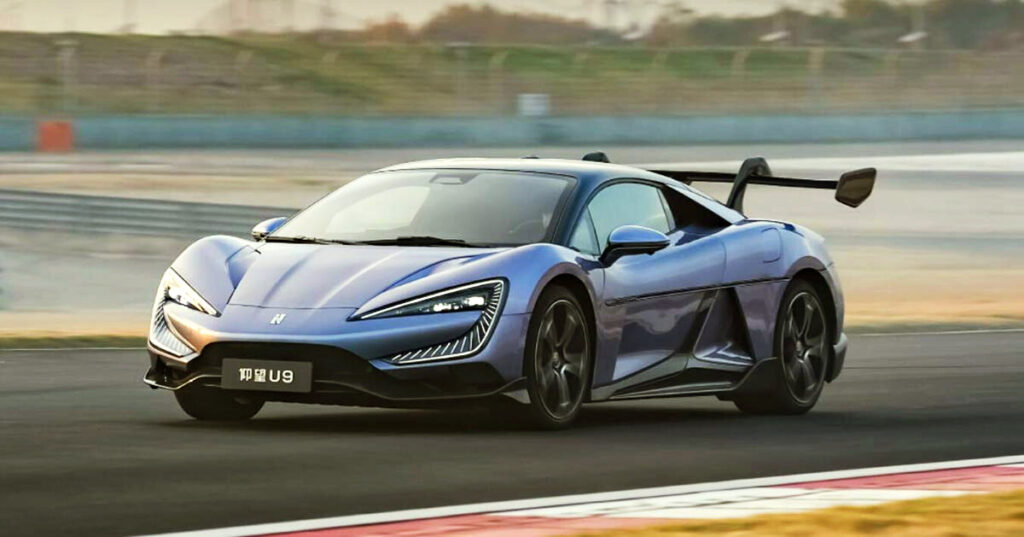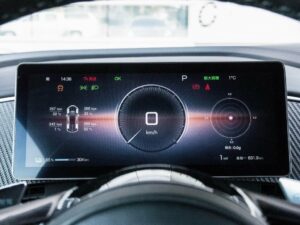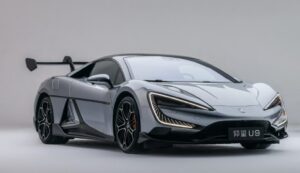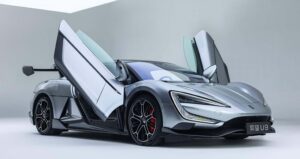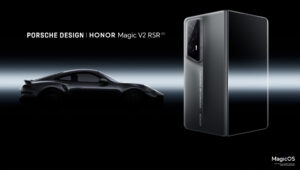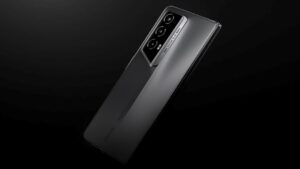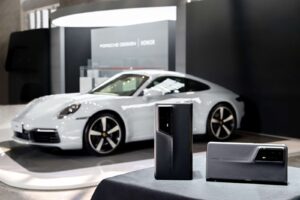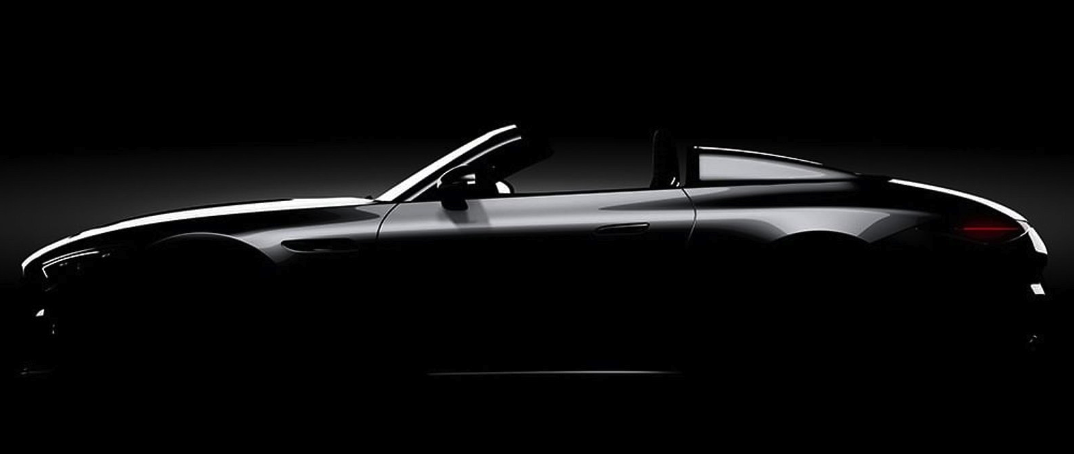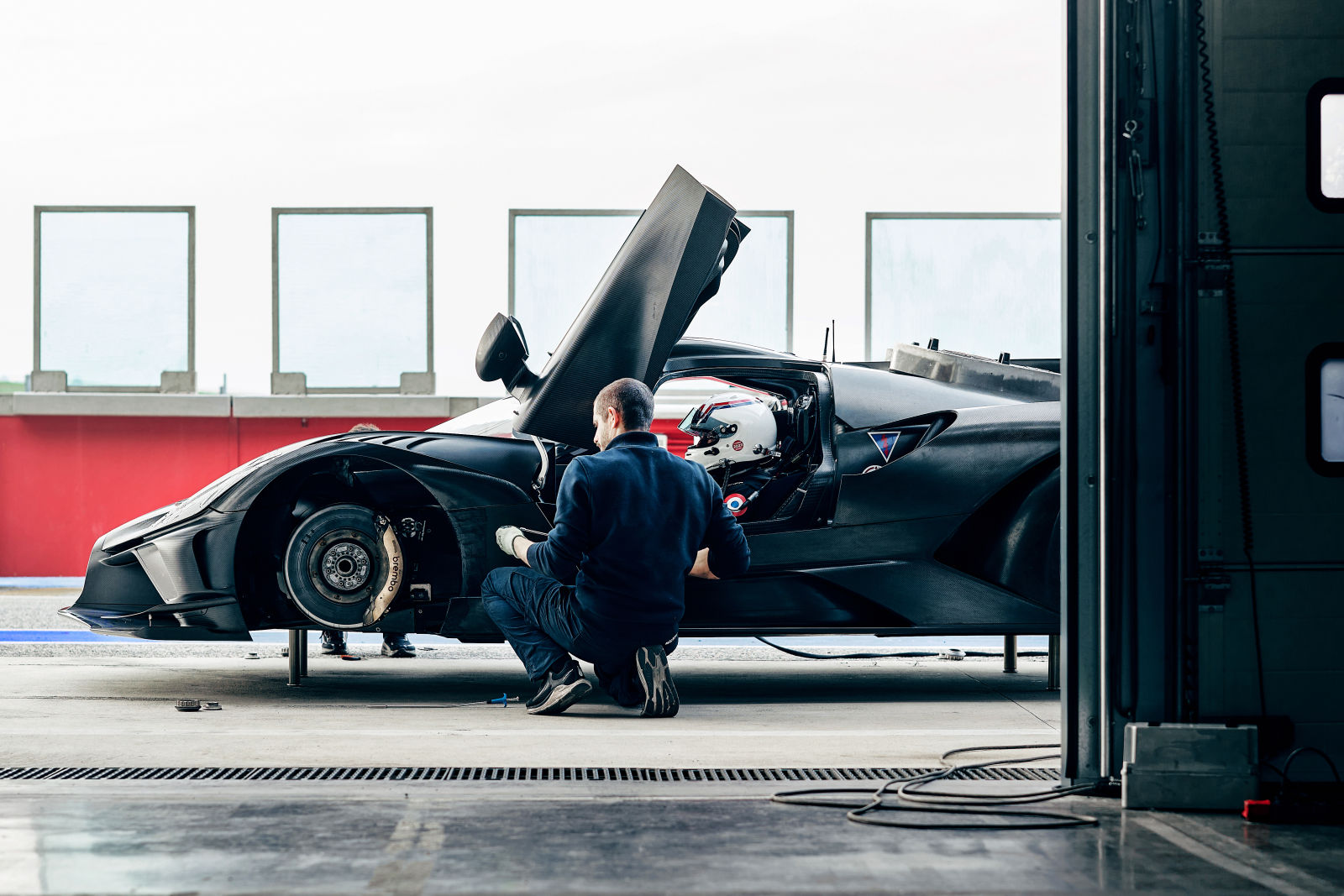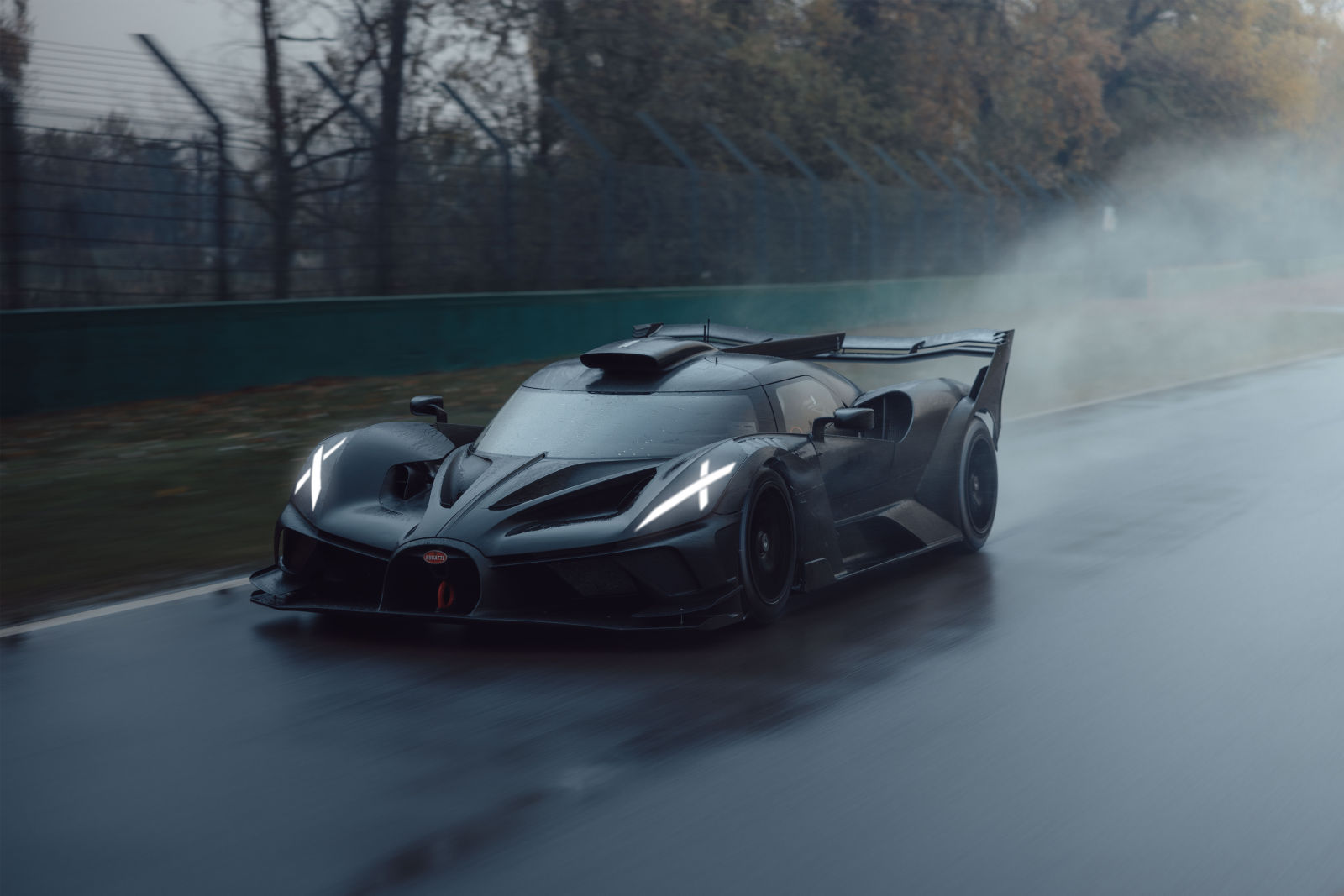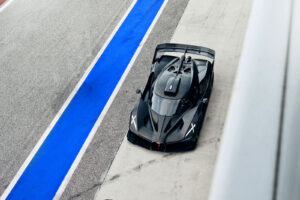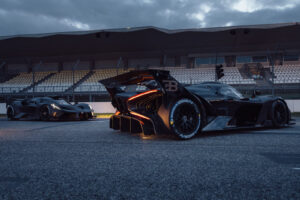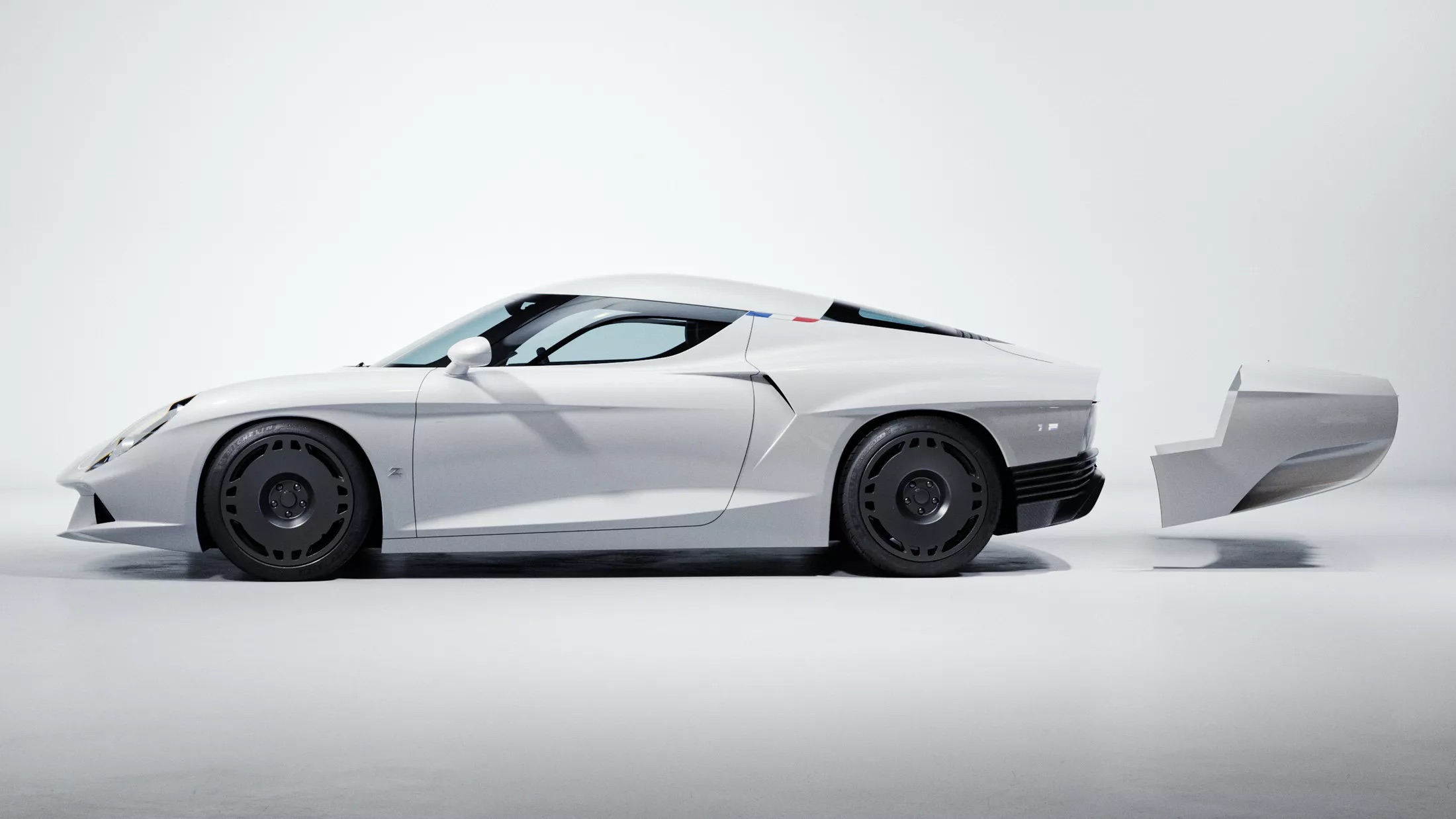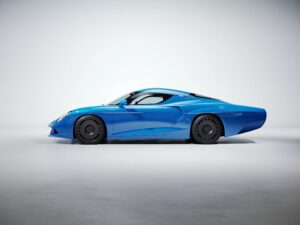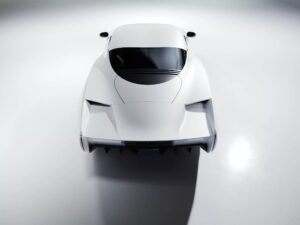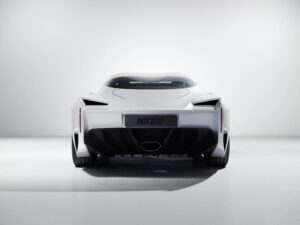The 2025 Honda CR-V e:FCEV may appear similar to its conventional counterparts, but its distinguishing feature lies in its plug-in hydrogen setup, as indicated by the two fuel caps. Unlike traditional plug-in hybrids, this CR-V combines a fuel cell setup with a battery pack, making it a unique offering in the market.
Referred to as the only fuel-cell electric passenger vehicle made in America, the compact SUV boasts a sophisticated powertrain configuration. It features a front-mounted electric motor generating 174hp and 310Nm of torque. The compressed hydrogen gas tank, with a capacity of 4.3 kilograms, provides an EPA-certified driving range of 434km. Additionally, the separate 17.7-kilowatt-hour battery pack offers an EPA-estimated 46km of electric range.
Incorporating bidirectional charging capabilities akin to conventional plug-in hybrids and battery EVs, the CR-V e:FCEV includes a power supply connector that can deliver up to 1,500 watts of power through a standard 110-volt outlet. This feature enables users to power various appliances, camping equipment, tools, and even portable air conditioners.
Given the unique weight distribution of the SUV, Honda has completely re-tuned the suspension system at both the front and rear axles. The CR-V e:FCEV utilises a MacPherson strut front and a multi-link rear suspension setup. Improvements in rear lateral and torsional rigidity, up by 10 percent and 9 percent, respectively, over combustion engine models, are achieved through the implementation of new stabiliser bars, dampers, and springs.
This model marks Honda’s debut of the second generation of its fuel cell module, co-developed with General Motors and manufactured in Michigan. Notable enhancements include increased efficiency, durability, refinement, and cost-effectiveness compared to its predecessor. Production costs for the fuel cell have been substantially reduced by two-thirds compared to the discontinued Clarity Fuel Cell.
Visually, the CR-V e:FCEV features distinct design elements to set it apart from its non-hydrogen counterparts. Changes to the front fenders, bumper, partially black tailgate, clear taillights, and 18-inch black alloy wheels with a 10-spoke design contribute to its unique aesthetic. Underneath the SUV, a fully closed underfloor improves airflow for enhanced efficiency.
For the 2025 model year, the CR-V e:FCEV will be exclusively offered as a Touring trim level, boasting a comprehensive list of standard features. From electrically adjustable heated front seats to a 12-speaker Bose sound system, the Touring trim includes luxurious amenities such as dual-zone climate control, a heated steering wheel, a power tailgate, and a wireless charging pad. Standard technology features include a 9-inch touchscreen, a 10.2-inch digital instrument cluster, and wireless compatibility with Apple CarPlay and Android Auto.
Scheduled for lease availability in California later this year, the 2025 Honda CR-V e:FCEV represents a significant step forward in Honda’s commitment to sustainable mobility and innovative technology.




